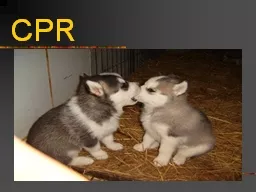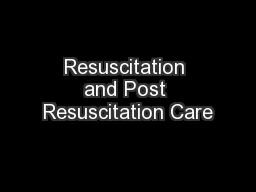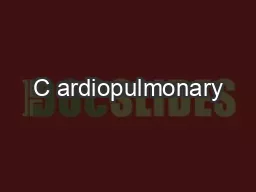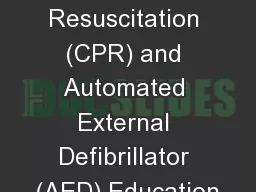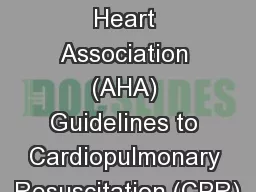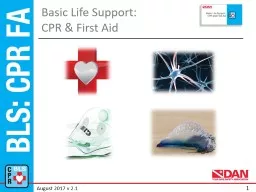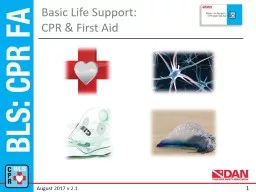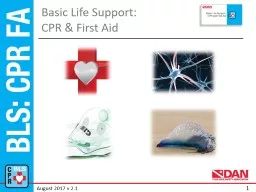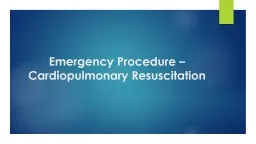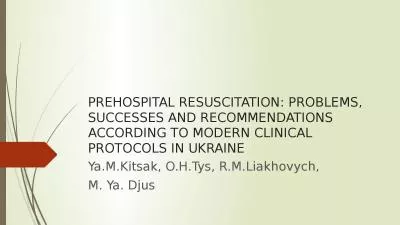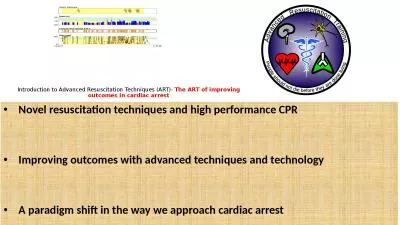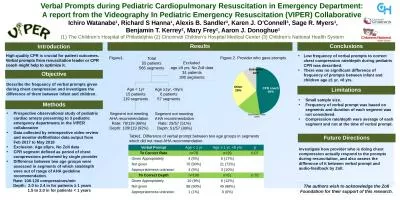PPT-CPR Definition: Cardiopulmonary Resuscitation
Author : lindy-dunigan | Published Date : 2020-01-20
CPR Definition Cardiopulmonary Resuscitation Cardio heart Pulmonary lungs Resuscitation to revive Terminology BLS ALS CAB EMS Good Heart Living Controllable risk
Presentation Embed Code
Download Presentation
Download Presentation The PPT/PDF document "CPR Definition: Cardiopulmonary Resuscit..." is the property of its rightful owner. Permission is granted to download and print the materials on this website for personal, non-commercial use only, and to display it on your personal computer provided you do not modify the materials and that you retain all copyright notices contained in the materials. By downloading content from our website, you accept the terms of this agreement.
CPR Definition: Cardiopulmonary Resuscitation: Transcript
Download Rules Of Document
"CPR Definition: Cardiopulmonary Resuscitation"The content belongs to its owner. You may download and print it for personal use, without modification, and keep all copyright notices. By downloading, you agree to these terms.
Related Documents

